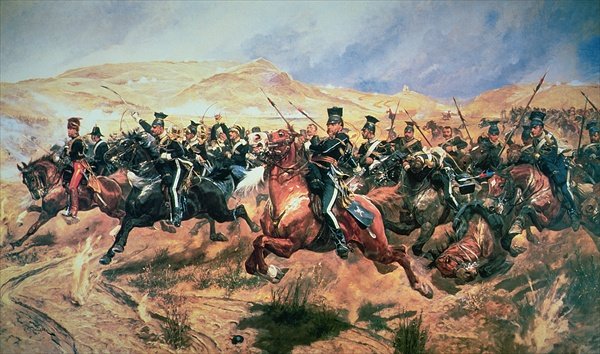Robert Hampton (Hammy) Gray, VC, aviator, student (born 2 November 1917 in Trail, BC; died 9 August 1945 in Onagawa Bay, Honshu, Japan). Following the Second World War, Gray was posthumously awarded the Victoria Cross (VC), the highest award for bravery in the British Empire, becoming the last VC recipient of any nation during that war.

Early Life
Robert Hampton Gray was the oldest of three children born to Whilhelmina and John Gray, a jeweller and a veteran of the South African War. At a young age, Gray’s family moved from Trail to Nelson, British Columbia, where he completed high school. He spent a combined four years at the University of Alberta and University of British Columbia, intending on obtaining a medical degree.
Second World War
In July 1940, Gray abruptly joined the Royal Canadian Naval Volunteer Reserve as an ordinary seaman and then transferred, on loan to the Royal Navy, as a potential officer candidate. Gray arrived in Britain in September, but due to the length of time before his commissioning as an officer he transferred to the Fleet Air Arm for pilot training. Gray received his naval wings in September 1941 and was commissioned a temporary sub-lieutenant in December.
In May 1942, Gray was posted to South Africa and later that year to eastern Africa, where he served in various squadrons. His promotion to lieutenant in December 1942 coincided with a move to 877 Squadron, which was preparing to deploy to Ceylon (modern Sri Lanka). A change in the Japanese threat, however, led to the squadron’s disbandment and Gray’s return to Britain in February 1944.
In Britain, Gray was trained to fly the American-built Corsair, designed specifically for aircraft carrier operations. In August, he joined 1841 Squadron, based aboard HMS Formidable. The aircraft carrier and two others were tasked to sink the German battleship Tirpitz, then hiding in a Norwegian fjord. After an attack on 29 August, Gray received a mention in dispatches for his courage and determination in leading his flight on a low-level strafing run.
HMS Formidable was dispatched to the Far East and joined the British Pacific Fleet in April 1945. Gray went into action two days later, against targets of opportunity at Japanese airfields. In mid-July, the fleet moved closer to Japan to commence attacks against the Japanese Home Islands. During an attack on 28 July, Gray scored a direct hit on a Japanese destroyer and sank it. This attack and earlier ones resulted in the award of the Distinguished Service Cross.
Heroism at Honshu
After the atomic bomb was dropped on Hiroshima on 6 August, operations continued unabated against the Japanese, although pilots were told to avoid unnecessary risks.
On 9 August, Gray led a flight of eight Corsairs against possible targets on the island of Honshu. Finding none, he made a low-level bombing run against a suspected destroyer anchored in Onagawa Bay.

Gray led the first attack, flying through heavy flak (anti-aircraft fire) from shore guns and ships. Although his Corsair was hit and set on fire, he flew on. Gray released his bomb only 45 metres from the Japanese ocean escort Amakusa and scored a direct hit. As Amakusa began to sink, Gray’s Corsair, engulfed in smoke and flames, crashed into the bay, killing him.
Gray was posthumously awarded the Victoria Cross (VC) after the attack on the Amakusa. His VC citation said Gray has “consistently shown a brilliant fighting spirit and most inspiring leadership.” His was the last VC to be awarded in the Second World War.

Memory
There are many tributes to Gray’s heroic act of self-sacrifice. One of the most moving is a simple granite cairn overlooking Onagawa Bay where his Corsair crashed, the only known instance of a monument in Japan honouring an Allied serviceman.
In addition, a bust of Gray is one of 14 life-size statues and busts unveiled in downtown Ottawa in 2006 as part of The Valiants Memorial, which depicts key figures from Canada’s military history. The Canadian Warplane Heritage Museum near Hamilton, Ontario, displays a Corsair Mark IV, which carries the markings of Gray’s aircraft. Several geographic features, buildings, plaques and associations also honour his memory.
HMCS Robert Hampton Gray
On 10 August 2020, the Royal Canadian Navy (RCN) announced its sixth and last Arctic patrol vessel will be named HMCS Robert Hampton Gray. For the first time in its history, the RCN has named a class of ships after prominent Canadian naval figures. The Arctic and Offshore Patrol Ships (AOPS), designated the Harry DeWolf-class, are each named after an individual who served Canada with the highest distinction. The AOPS will enhance the RCN’s ability to assert Canadian sovereignty in Arctic and coastal Canadian waters and support international operations when required.

 Share on Facebook
Share on Facebook Share on X
Share on X Share by Email
Share by Email Share on Google Classroom
Share on Google Classroom

